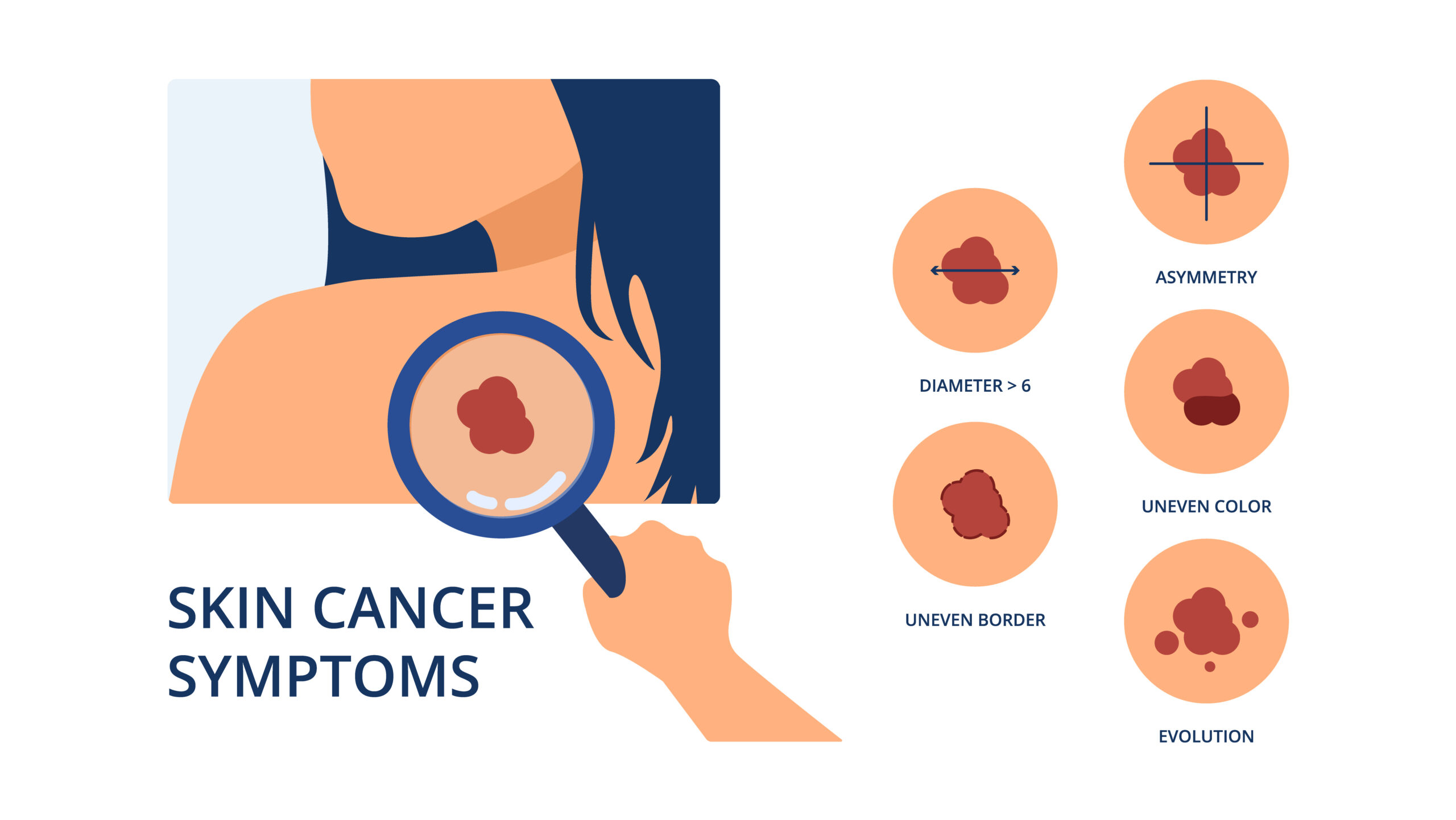It’s a summer holiday weekend and after months of dealing with snow and ice, there is nothing like spending time outdoors in the sunshine, soaking up every moment. But don’t forget to wear your sunscreen and a hat – decades of time spent in the sun can lead to melanoma among older adults.
According to a recent AARP Health report, nearly 100,000 Americans are diagnosed with melanoma each year. Melanoma skin cancer can be deadly, but if caught early is highly treatable. Because older adults also may have a weaker immune system response, it’s important to scan the body once a month for any new or changing spots. Seniors can help keep their immune system strong by stopping smoking, limiting alcohol, avoiding chemicals and carcinogens like charred meat, maintaining a healthy body weight, and avoiding too much UV radiation.
Melanoma is most often detected when patients notice a rough-looking or asymmetrical mole without a defined border. People with lots of moles are at an increased risk for melanoma and should pay close attention to spots that are darker than the others, are oddly shaped, or have recently changed in appearance.
Women most commonly have melanomas on their arms and legs, but men often find cancerous spots on their head, neck, back, or abdomen. But they can also develop on unexpected skin surfaces including the soles of the feet, the palms of the hands, inside the mouth, or under a nail. Melanomas can also present with a blue or red tint, and may even appear like a rash that doesn’t improve with regular treatment. Spots that bleed or itch should also be checked out by a doctor.
Many people delayed regular health screenings during the pandemic but if you notice any moles or spots that are unusual, they should be looked at by a dermatologist. If you have lighter-colored skin that burns or freckles in the sun, blue or green eyes, blond or red hair, have more than 50 moles, or have a family history of skin cancer, you are at increased risk for skin cancer. Learn more about how to do a self-exam for skin cancer by following this link to the Canadian Cancer Society website.






Add Your Voice
0 Comments
Join the Discussion